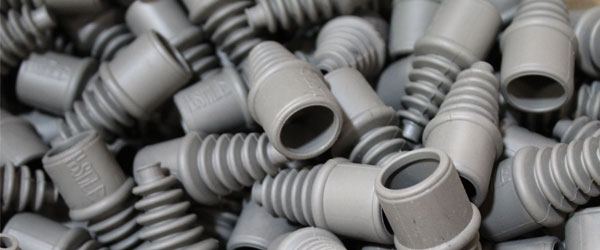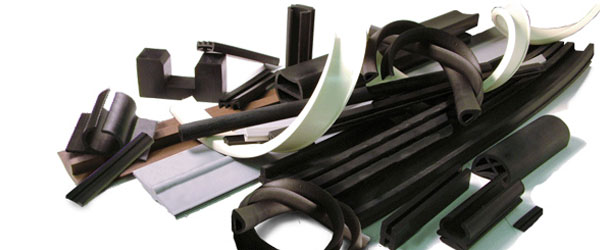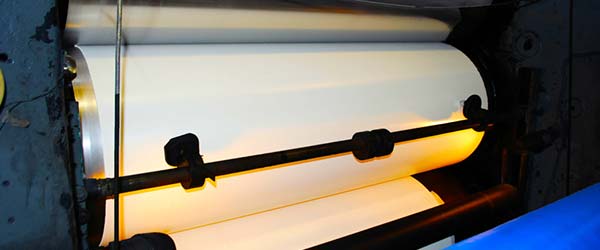Rubber is a popular material for sound dampening due to its unique properties. The sound dampening properties of rubber are primarily due to its ability to absorb vibrations and convert them into heat energy. When sound waves hit rubber, the rubber absorbs some of the energy from the wave and converts it into heat, which reduces the intensity of the sound wave.
Rubber is also effective at blocking sound waves from passing through it, which makes it an excellent material for sound insulation. Rubber can be used in a variety of applications where noise reduction is necessary, such as automotive and industrial settings, building construction, and even in musical instruments.
The effectiveness of rubber as a sound dampening material depends on a variety of factors, including the type of rubber used, its thickness, and the frequency of the sound waves being absorbed or blocked. In general, thicker and denser rubber materials are more effective at dampening sound than thinner and less dense materials.
Overall, rubber is a versatile and effective material for sound dampening and can be a valuable tool for reducing noise in a wide range of applications.
 (909) 987-1774
(909) 987-1774 Email Us
Email Us







